परिचय
The Babri Masjid in Ayodhya was demolished on 6 December 1992 by a large crowd of kar sevaks mobilised by organisations associated with the Ram Janmabhoomi movement, after a political rally near the disputed site turned violent and overwhelmed security arrangements. The demolition triggered nationwide communal riots—most devastatingly in Mumbai in December 1992–January 1993—and drew prolonged legal, political, and social repercussions, including a central commission of inquiry and decades of litigation over the title to the site.

पृष्ठभूमि
- The Ayodhya dispute centered on claims that the 16th‑century Babri Masjid stood on the birthplace of Lord Rama; from the late 1980s, the Ram Janmabhoomi movement escalated, culminating in mass mobilisations and calls for kar seva at the site.
- On 6 December 1992, a rally planned by the Vishwa Hindu Parishad (VHP) and supported by the Bharatiya Janata Party (BJP) brought an estimated six‑figure crowd to Ayodhya; despite assurances to the Supreme Court that the mosque would not be harmed, the mob tore down the structure over several hours after breaching cordons and overpowering security.
The Day of Demolition: 6 December 1992
- Sequence: Speeches by political and religious leaders were followed by crowd surges; kar sevaks scaled the domes and began demolition with tools and bare hands, reducing the mosque to rubble within hours while the adjacent police deployment failed to prevent the destruction.
- Security collapse: The rally turned into an organised assault that rapidly outpaced the thin security presence; contemporaneous accounts describe the force being outnumbered and passive as the structure was dismantled.
Immediate Aftermath
- Communal violence: The demolition sparked large‑scale riots across India; official counts long cited around 2,000 deaths nationwide, with Mumbai alone recording about 900 dead between December 1992 and January 1993 in two phases of violence tied to the demolition and its aftermath.
- Investigations: The Justice Liberhan (Ayodhya) Commission of Inquiry was constituted on 16 December 1992 to investigate the sequence of events; after 17 years and 48 extensions, it submitted its report on 30 June 2009, later tabled in Parliament.
- Commission findings: The report concluded the demolition was not spontaneous but “planned, systematic,” identifying around 60–68 individuals across political, religious, and administrative spheres as responsible for facilitating or enabling the outcome; it recommended stronger laws against misuse of religion for political ends.
Legal and Political Trajectory
- Criminal cases: FIRs were filed against kar sevaks for the demolition and against senior leaders accused of incendiary speeches; cases progressed slowly for years, with varying outcomes and later court decisions scrutinizing conspiracy charges and evidentiary standards.
- Mumbai riots inquiry: The Justice B.N. Srikrishna Commission investigated the 1992–93 Bombay riots, attributing responsibility to specific groups and documenting police and political failures; compensation and accountability issues persisted for decades, with the Supreme Court issuing directions as late as 2022–2024 to ensure payments to heirs of missing victims and revival of dormant cases.
- Long litigation: The title suit over the Ayodhya site continued separately; in 2019 the Supreme Court awarded the disputed land for construction of a Ram Mandir and directed that a 5‑acre plot be allotted to the Sunni Waqf Board for a mosque, while affirming that the 1992 demolition was an egregious violation of law.
Why Security Failed
- Massive mobilisation: An estimated 150,000 people gathered in Ayodhya, overwhelming the perimeter and security plan for a “symbolic” kar seva.
- Assurances vs. reality: Despite commitments to the Supreme Court and central authorities that the mosque would be protected, the on‑ground leadership failed to restrain the crowd; the Liberhan report assessed the mobilisation as orchestrated rather than spontaneous.
- Administrative gaps: The then‑Uttar Pradesh government and local police were faulted for inadequate preventive arrangements and for failing to act decisively once the mob attacked the structure.
Consequences and Legacy
- Communal polarisation: The demolition and subsequent riots intensified religious polarisation and reshaped Indian politics through the 1990s and beyond.
- Institutional lessons: The episode prompted debates over state capacity to protect places of worship, the limits of political mobilisation, and the need for legal deterrents against communal incitement.
- Long memory: Annual observances on 6 December by various groups reflect the event’s enduring salience; scholarship, commissions, and rights reports continue to examine state responsibility and remedial justice for riot victims.
Key Dates and Facts
- 6 December 1992: Babri Masjid demolished during a mass mobilisation; security collapses as kar sevaks pull down the structure.
- 16 December 1992: Liberhan Commission constituted to probe the demolition; report submitted 30 June 2009.
- Dec 1992–Jan 1993: Mumbai riots kill about 900; nationwide deaths estimated around 2,000; subsequent serial bombings in March 1993 further traumatise the city.
- 2019: Supreme Court affirms Liberhan’s conclusion that the demolition was planned; awards the site for Ram Mandir construction and orders 5 acres for a mosque elsewhere in Ayodhya.
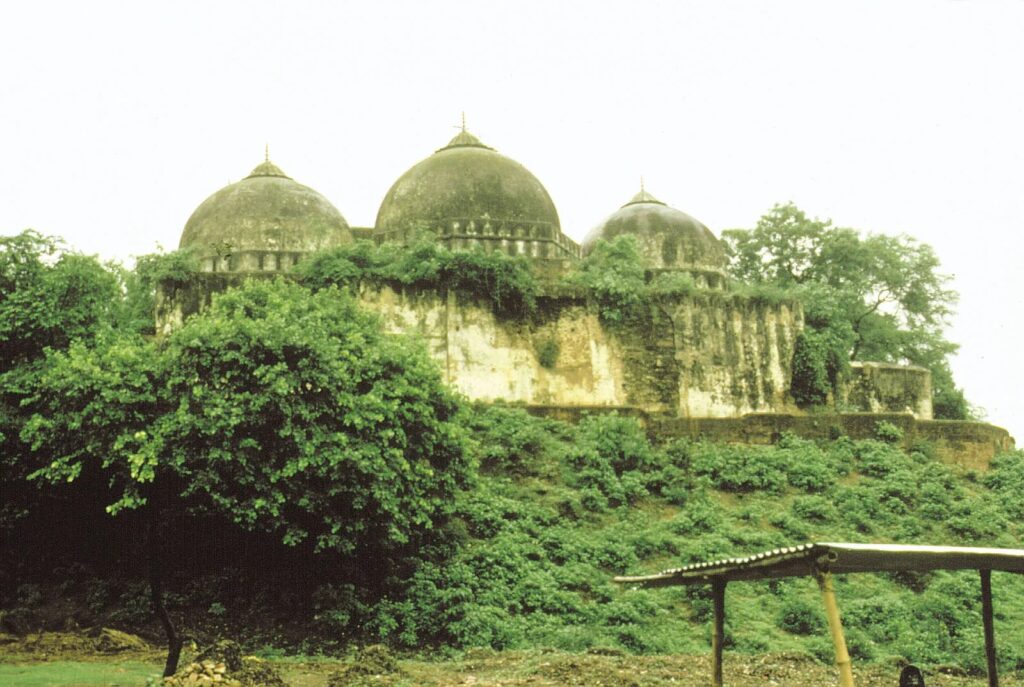
Key Figures and Institutions
- Mobilising organisations: VHP and allied groups; BJP leaders addressed the rally on 6 December.
- Inquiries: Justice M.S. Liberhan Commission on demolition; Justice B.N. Srikrishna Commission on Mumbai riots.
- Judiciary: The Supreme Court adjudicated both interim protections before 1992 and the final 2019 civil title judgment, while various criminal proceedings examined roles of individual leaders and participants.
Interesting Notes
- Despite prior Supreme Court assurances that the structure would not be harmed during kar seva, the mosque was razed within hours on the afternoon of 6 December.
- The Liberhan report became India’s longest-running commission of inquiry, taking 17 years and 48 extensions before submission.
- Decades later, the Supreme Court continued to monitor compensation and accountability in riot-related cases, underscoring the protracted quest for justice for victims of the 1992–93 violence.
The demolition of the Babri Masjid on 6 December 1992 thus stands as a defining rupture—legally condemned, politically transformative, and socially polarising—whose consequences cascaded from immediate communal violence to long-term shifts in jurisprudence, public policy, and national memory.

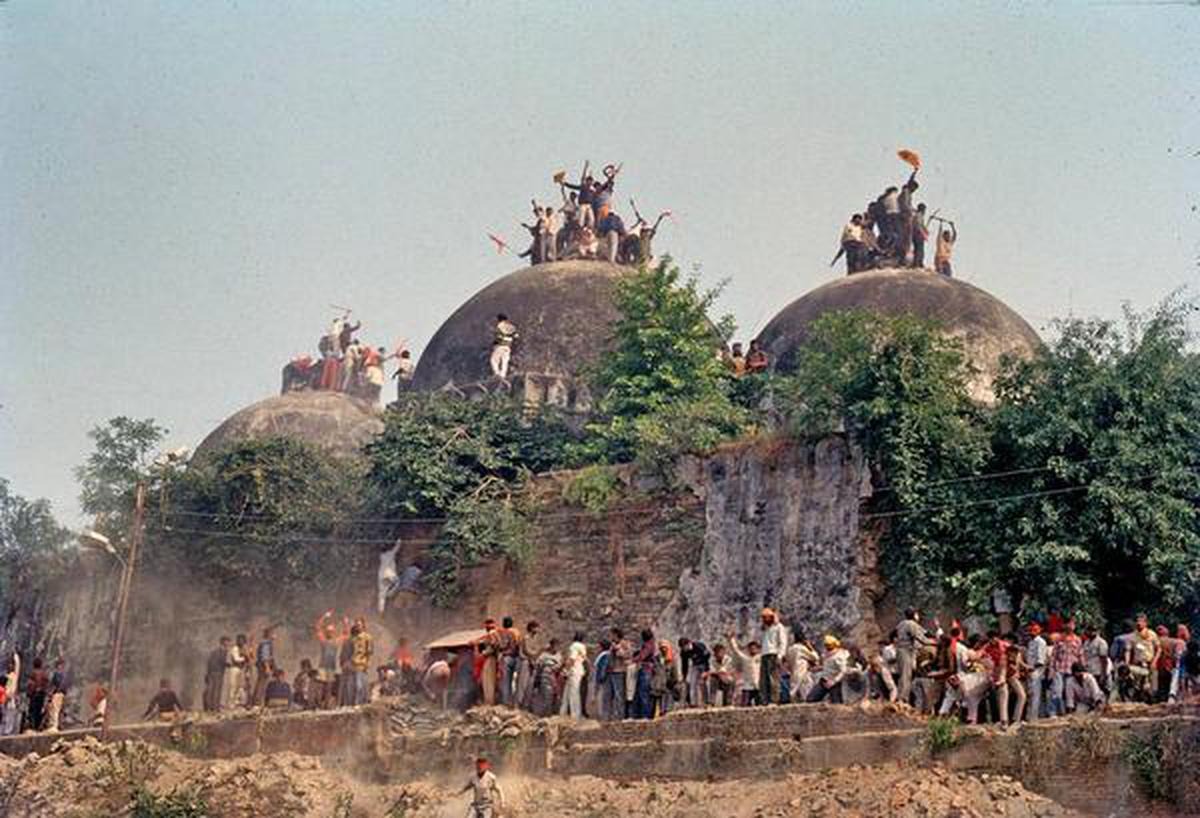

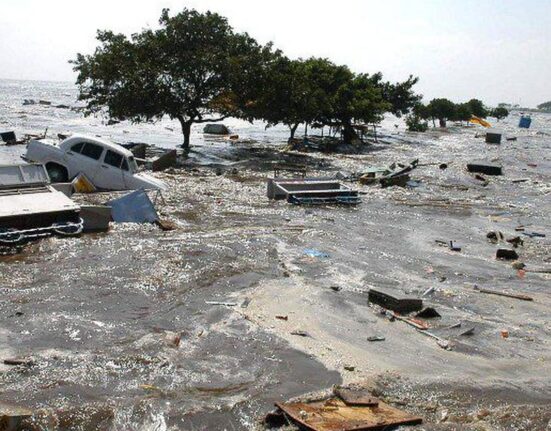
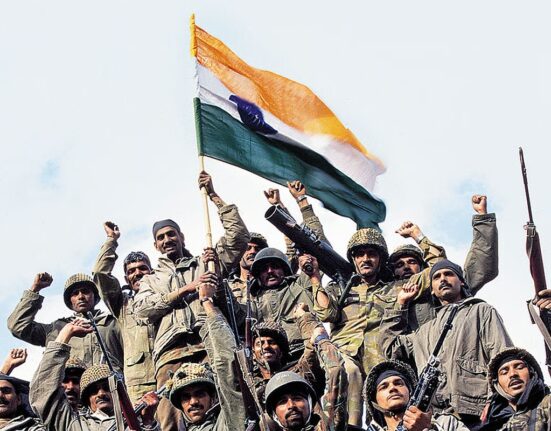

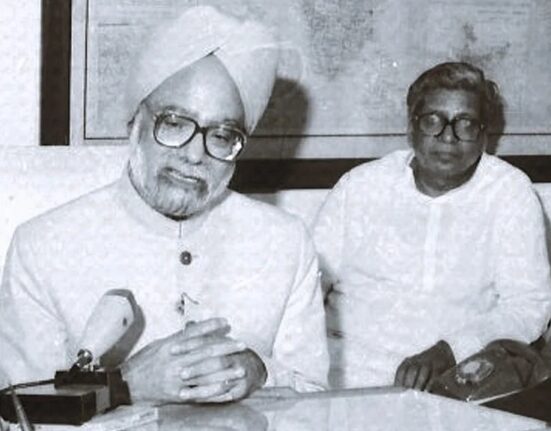
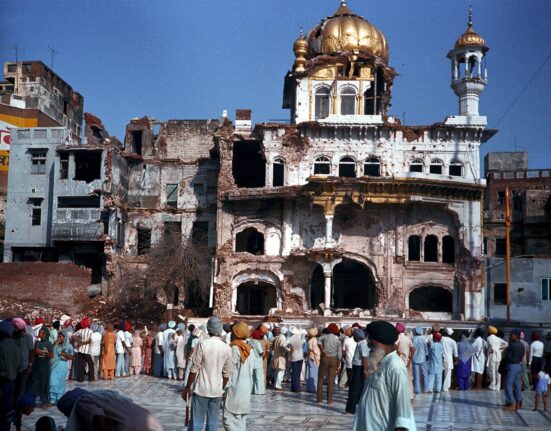
इस बारे में प्रतिक्रिया दें